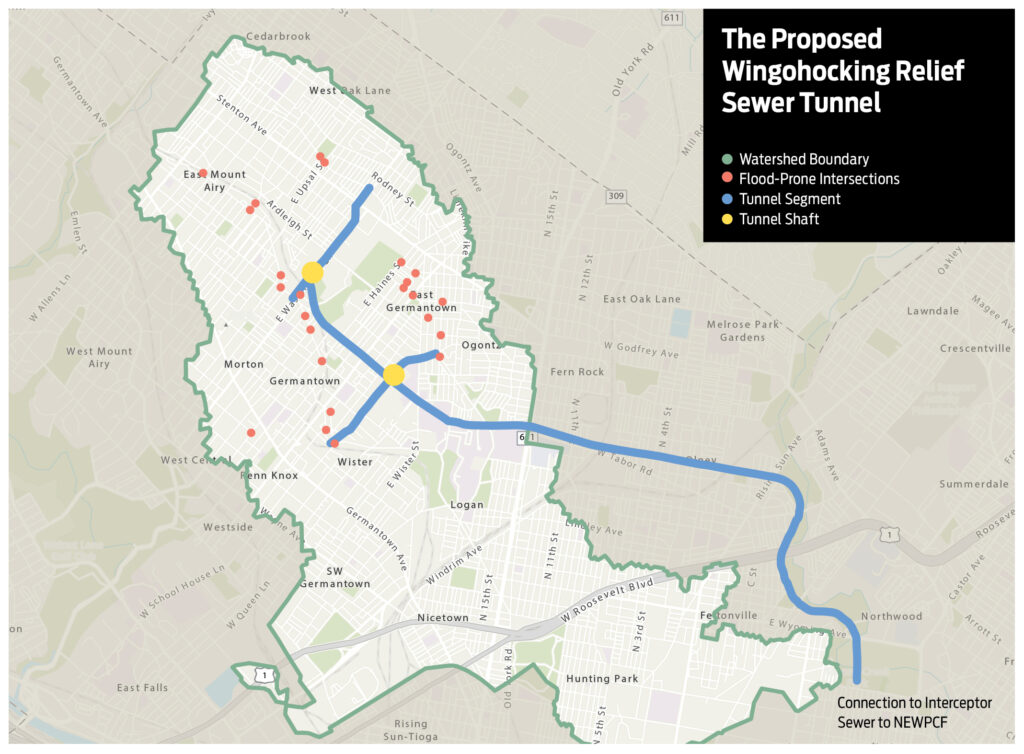The stories that bind a community together
In an era dominated by digital media giants and sprawling news conglomerates, the heartbeat of communities often finds its rhythm in the pages of hyperlocal newspapers.
In Philadelphia, the Chestnut Hill Local stands as a testament to the power of grassroots journalism, echoing the voices and stories of its neighborhood. At the core of the paper’s mission is the profound belief in the value of community. Local newspapers like the Chestnut Hill Local don’t just report on their community. They embody it.
“Every week, we introduce our readers to their neighbors – and that familiarity is so important to the way that people feel about the place that they live,” said Carla Robinson, editor of the paper. “It helps you understand the character of the place you call home. And besides, people really like to see themselves in the paper.”
Flipping through the pages of the Chestnut Hill Local, one discovers not just headlines, but narratives woven from the threads of local lives. From the struggles of small businesses to the triumphs of neighborhood heroes, every story serves as a mirror reflecting the essence of community identity.
You also get accurate reporting about the facts of what is going on in the neighborhood – whether it’s a controversial new development proposal or questionable choices being made by an elected official.
But the power of hyperlocal media lies in the trust that reporters and editors build with their readers. Because it is that trust, and the resulting collaboration and connections, that truly inform the news.
Robinson recalls the day Kelly O’Day, a retired environmental engineer and community member who, concerned about local flooding issues, showed up in her office with a binder full of papers and maps detailing a chronic and ongoing problem with flooding.
That moment turned into an ongoing collaboration with O’Day and two other news organizations, all working to produce an ongoing series about how the Philadelphia Water Department handles sewer overflow issues and the dumping of raw sewage into regional waterways.
“He trusted CHL with this story and felt comfortable walking right into my office,” Robinson explains. “He trusted us to listen, and to be professional with the information he gave us.”
This trust and accessibility form the cornerstone of collaboration at the Chestnut Hill Local. Recognizing its size limitations, the paper’s team embraces partnerships with freelance journalists and neighboring publications to tackle larger stories and projects.
“This way we can amplify what each other does,” Robinson emphasizes. “Competition isn’t a bad thing ‒ it pushes us to do our best ‒ but collaboration is essential.”
The power of this collaboration also shines in the paper’s coverage of critical issues like possible cuts to the city’s regional rail service. While larger publications may skim the surface, the Chestnut Hill Local dives deep, uncovering the nuanced impact on specific neighborhoods.
“We get into the fine details,” Robinson notes. “And it’s not competition ‒ it’s collaboration. Larger papers rely on us for these stories.”
As the media landscape continues to evolve, the Chestnut Hill Local remains a sturdy example of how good journalism can empower a community. In a world filled with digital and divisive noise, it provides a steady supply of the stories that bind a community together.


